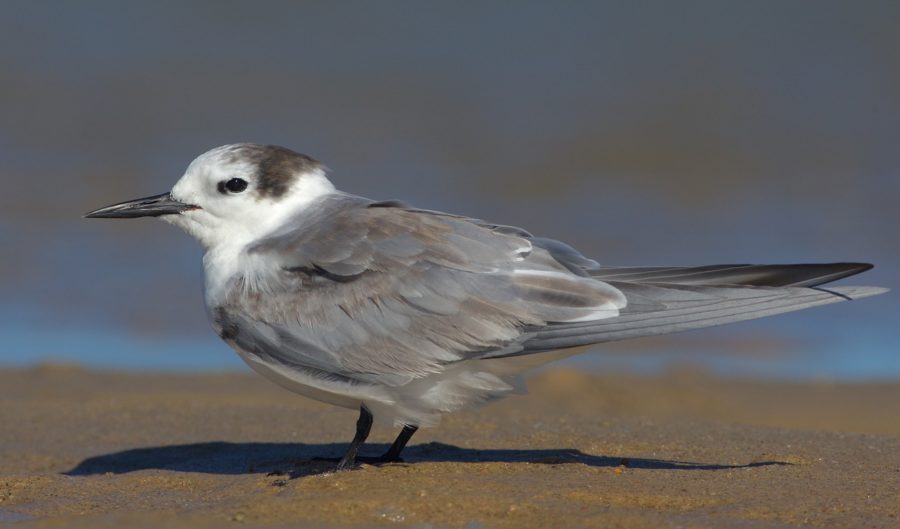Rare visit by Alaskan tern contributes hundreds of thousands to the economy

A FLOCK OF Aleutian terns, a shorebird that typically spends summer in Indonesia, made a rare visit to Australia in 2017, which researchers say contributed somewhere between $199,000-$363,000 to the Australian economy.
Much to the excitement of birdwatchers, the terns were spotted far outside their normal range in Old Bar, a coastal town on the mid-north coast of New South Wales, prompting around 375-581 visitors keen to get a glimpse of the bird.
Researcher Corey Callaghan from the University of New South Wales was among those keen to see the bird. “I was actually travelling in Thailand when they were first found,” she says. “I remember looking at tonnes of lifers [a species seen for the first time by the birdwatcher], but still feeling a bit like I was missing out on a true rarity back home.”
Luckily the terns stayed in Old Bar from 11 December 2017 until the end of March 2018, and Corey got to see the bird in January. The event made Corey curious about the economic contribution of rare bird sightings.
“I’ve been on many of these ‘twitches’ myself,” she says. “And in so doing have spent a bit of money. I also know birders that frequently hop on planes to go look at a vagrant bird, so I thought this was probably a pretty significant economic contribution.”

Bird watches at Old Bar, NSW. (Image credit: Joy Tansey)
Corey and her colleagues developed an online survey, which was then sent to various birding communities through social media. Based on the 199 responses the survey received, it was estimated that the birders had collectively spent hundreds of thousands of dollars.
The researchers also found that the birders were willing to donate money to a not-for-profit organisation in order to preserve the habitats that these birds rely on. “This added up to $30,000 for conservation fundraising potential,” Corey says.
“In this case, pristine sand bars are important for these birds, so protecting shorebird areas like Old Bar is critical.”
That Australia has a high percentage of endemic birds makes the country attractive to determined birders. “The number of birdwatchers is still increasing and with the global pull of ecotourism, avitourism is as well,” Corey says.
By studying the economic contribution of birders, Corey hopes people will realise how much biodiversity matters.
“This is just an extreme case of birdwatching. More people just watch birds around their backyards. We need to really focus on protecting this biodiversity for future generations to enjoy.”
We still know very little about the economic contribution of birdwatching, and researchers are yet to calculate the benefit to local businesses, and how they might cater to these events. “I think there are lots of aspects that future research should focus on,” Corey says.

